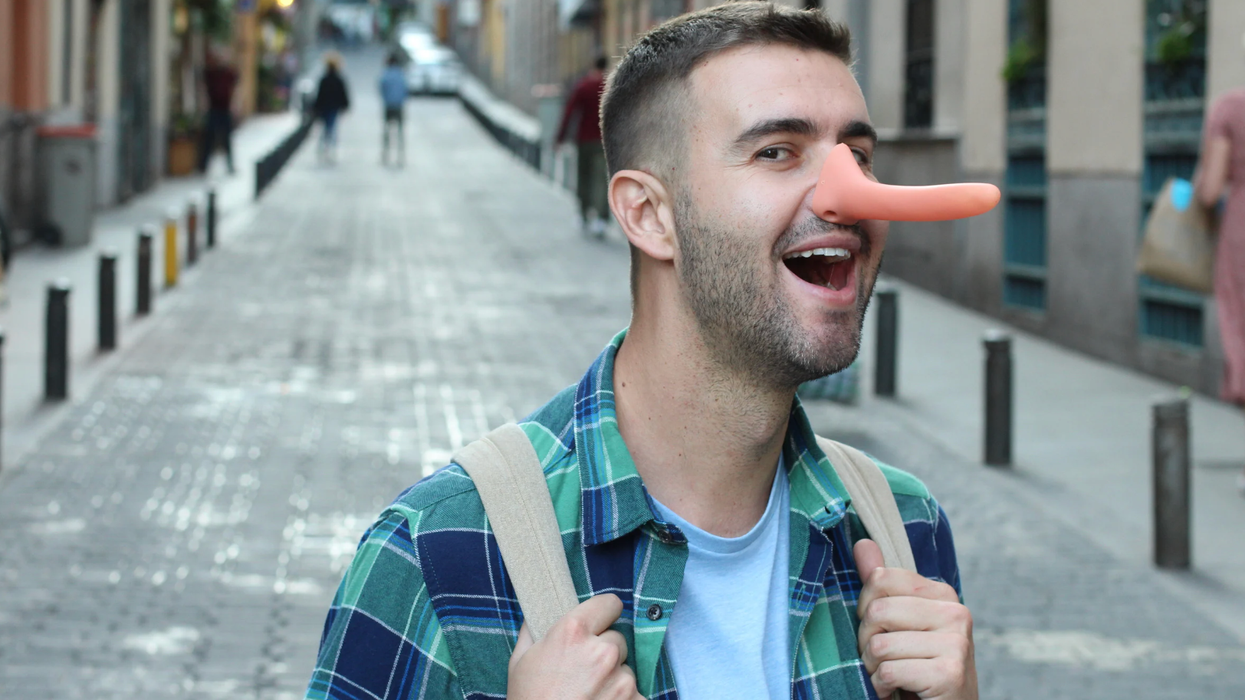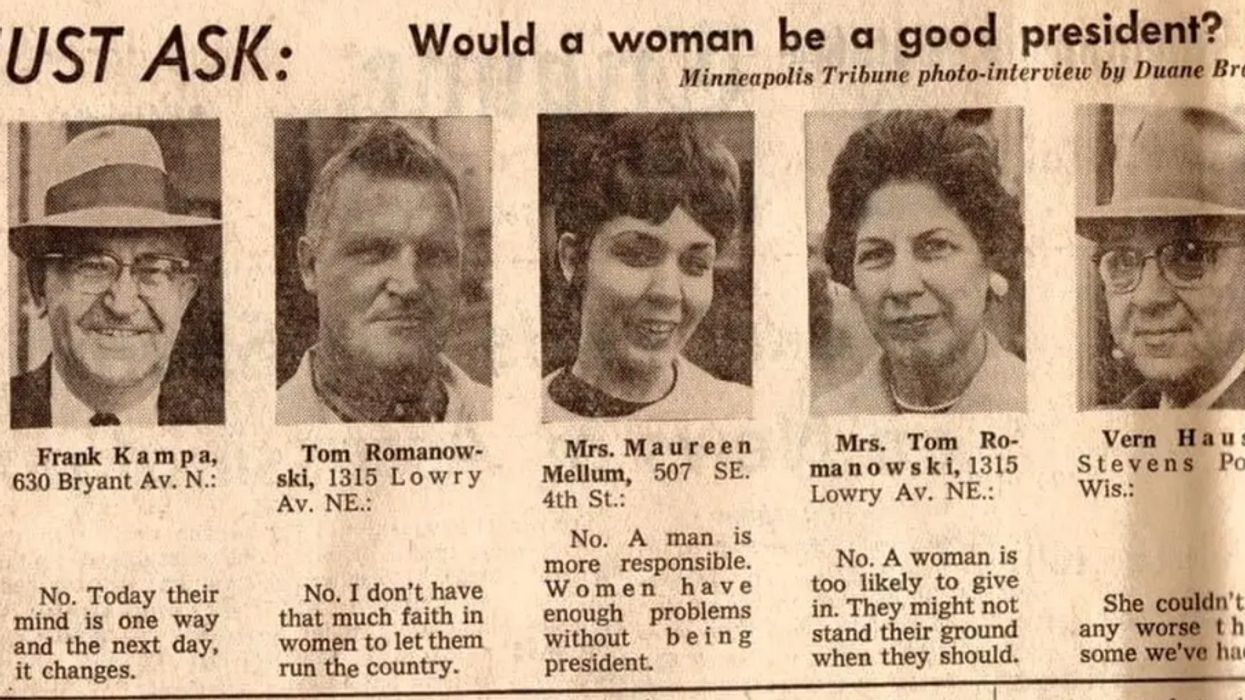design mind on GOOD is a series exploring the power of design by the editors of design mind magazine. This is the second installment in a miniseries within that blog, and it will run every Thursday for six weeks.
I still remember the teddy bear with the gas mask. It was my first sight of the makeshift memorials left at the World Trade Center immediately after the Sept. 11 terrorist attacks. I could think only of T.S. Eliot’s poem, “The Hollow Men”—“we are the hollow men, we are the stuffed men”—the first part describing me witnessing the aftermath, and the second describing the lifeless eyes of the bear—and perhaps those who had lost their lives on 9/11. Like so many, I was forever changed by that day in September.
As a designer and researcher, I was driven to make sense of the tragedy through the artifacts left behind. The WTC site held the footprints and voices of a large group of individuals who came together at a time of crisis, and these things told a deeper story. I believed then—as I do today—that the analysis of those artifacts would provide insight into how a memorial and museum for the site could be designed.
The first part of observing is knowing what to look for, and the second part is seeing the essence of things in an instant. After analyzing hundreds of photographs of makeshift memorials, I’ve gained several insights. People need memorials so that they can express their emotions creatively and without words. Further analysis revealed key themes of spilling blood, taking medicine, light, flight and suspension, standing for the fallen, and serving as protectors. As an experienced field researcher, I knew that to combine the needs with the themes would provide meaningful moments. One of the simplest but most compelling ideas to emerge from my research was to create the world’s largest blood donation center at the WTC site.
I’ve been back to lower Manhattan several times since my first visit, and while I’m always struck by the respectful silence, I always wonder who will be the first to sing. The voices of thousands fill the site through the artifacts they’ve left behind, and unlike the T.S. Eliot poem, I don’t believe these everyday memorials end with a whimper.
Laura Richardson is a principal designer in frog’s Austin studio.
A version of this piece appeared in the May 2009 issue of design mind magazine.
Next week: “A Christmas Tree in June”















 Otis knew before they did.
Otis knew before they did.